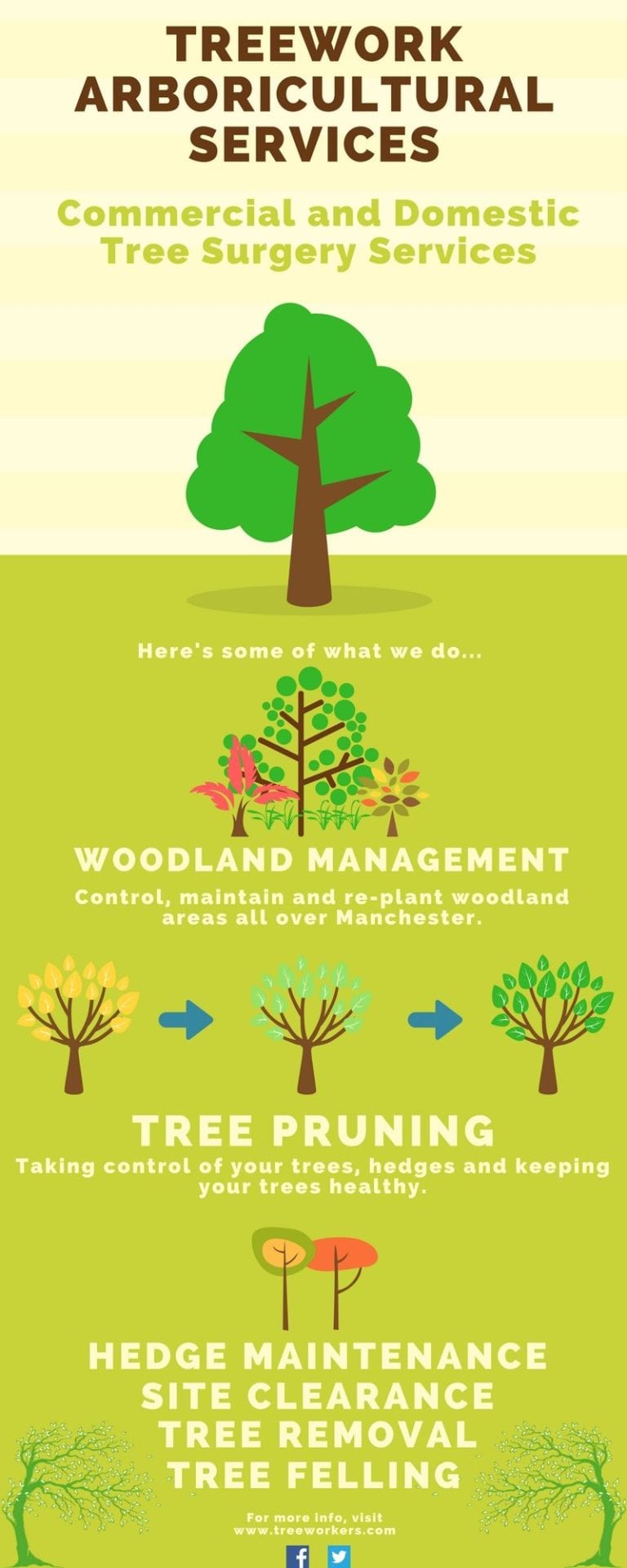The Environmental Advantages Of Stump Grinding: A Sustainable Technique For Land Stewardship
The Environmental Advantages Of Stump Grinding: A Sustainable Technique For Land Stewardship
Blog Article
Post Developed By-
When it pertains to land management, have you thought about the long-lasting advantages of stump grinding? By attending to the remnants left behind after tree elimination, this technique not only help in soil health and wellness improvement yet likewise plays a vital duty in preventing disintegration and sustaining biodiversity. The ecological benefits of stump grinding extend much beyond plain aesthetics, supplying a sustainable option that integrates with nature's complex systems.
Soil Health And Wellness Renovation
Aiming to boost the high quality of your soil? Stump grinding can be a game-changer for enhancing dirt health on your home. By getting rid of old tree stumps, you're developing space for brand-new growth and enabling important nutrients to return to the soil.
As the stumps break down with time, they release organic matter, enriching the dirt and promoting much better plant development.
On top of that, stump grinding helps to freshen the soil, permitting far better water infiltration and root growth. Compressed dirt can impede plant development and water absorption, however by grinding stumps, you're loosening the dirt and developing a much healthier atmosphere for your plants.
Additionally, stump grinding can also assist to stop bug infestations and illness that old stumps might bring in. By eliminating these possible threats, you're producing a safer and a lot more efficient landscape.
Disintegration Avoidance
To stop dirt disintegration effectively, stump grinding plays a vital function in maintaining the stability and honesty of your land. By eliminating unsightly stumps from your home, you're also lowering the risk of erosion triggered by water runoff. Stump grinding eliminates barriers that can disrupt the all-natural flow of water across your land, preventing dirt erosion in the process.
When stumps are left untouched, they can function as obstacles to water circulation, causing dirt to wash away during heavy rainfalls. This erosion not only harms your land but also adds to sedimentation in nearby water bodies, hurting marine communities.
Stump grinding assists to stop these problems by leveling the ground and promoting proper drain, lowering the chance of erosion.
Biodiversity Support
Maintaining healthy and balanced biodiversity on your land is essential for developing a growing community. By using stump grinding as a sustainable land management technique, you can substantially sustain biodiversity.
landscape services grinding assists promote biodiversity by producing brand-new habitats for different plant and pet species. The removal of stumps enables the regeneration of indigenous greenery, which subsequently draws in a diverse series of wildlife. Insects, birds, and little creatures thrive in these recently easily accessible locations, contributing to the overall biodiversity of your land.
Additionally, stump grinding helps avoid the spread of diseases and pests that can hurt plant species, hence protecting the ecological balance on your residential property. By removing old stumps, you create area for brand-new plant growth, which improves the total health of the ecosystem.
This healthier environment supports a bigger selection of types, advertising biodiversity and producing an extra durable community in the long term. Accepting stump grinding as part of your land management strategy can have lasting favorable impacts on the biodiversity of your land.
hedge trees nz
By utilizing stump grinding as a lasting strategy to land management, you can enhance dirt health and wellness, stop erosion, and support biodiversity. This eco-friendly technique not only profits the environment yet also advertises the development of greenery and produces habitats for various plant and pet species. Make a favorable influence on the setting by integrating stump grinding right into your land management methods.
